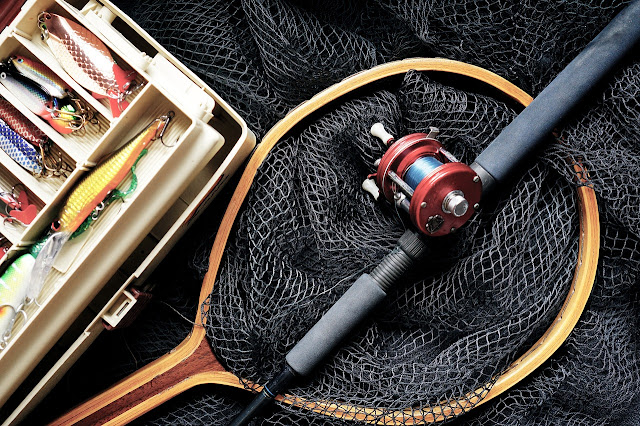A fishing rod is a long, flexible rod that fishermen use for fishing. At its most common, a fishing rod is a common rod or pole (formerly known as an angle, hence the word angling) attached to a line at the end of the hook. The length of the rod can vary from 2 to 20 feet (0.5 and 6 meters). To entice the fish, bait or greed is pressed on one or more hooks attached to the line. The line is usually stored in a relay that reduces tangles and aids in landing a fish.
According to the old historical historical features, the diction sticks have different types of wood including ash, hickory and bamboo, but the contemporary rods are usually made of fiberglass or carbon fiber. Unlike nets that are commonly used in livelihoods and commercial fishing, fishing rods are often used for recreational fishing and competitive ingots. Depending on the size, function, length and configuration of the fishing rods they should be used for small, medium or large fish or in different fresh or salt water conditions. Different types of fishing rods are designed for certain types of fishing. Fly rods are used in artificial fly casting, spinning rods and bait casting rods are designed for throwing baits or lores. Ice fishing rods are designed to fish through small holes in ice covered lakes[1]. Trolling rods are designed to pull bait or to lure behind boats.

Comments
Post a Comment
FISHING IN UNITED STATES.